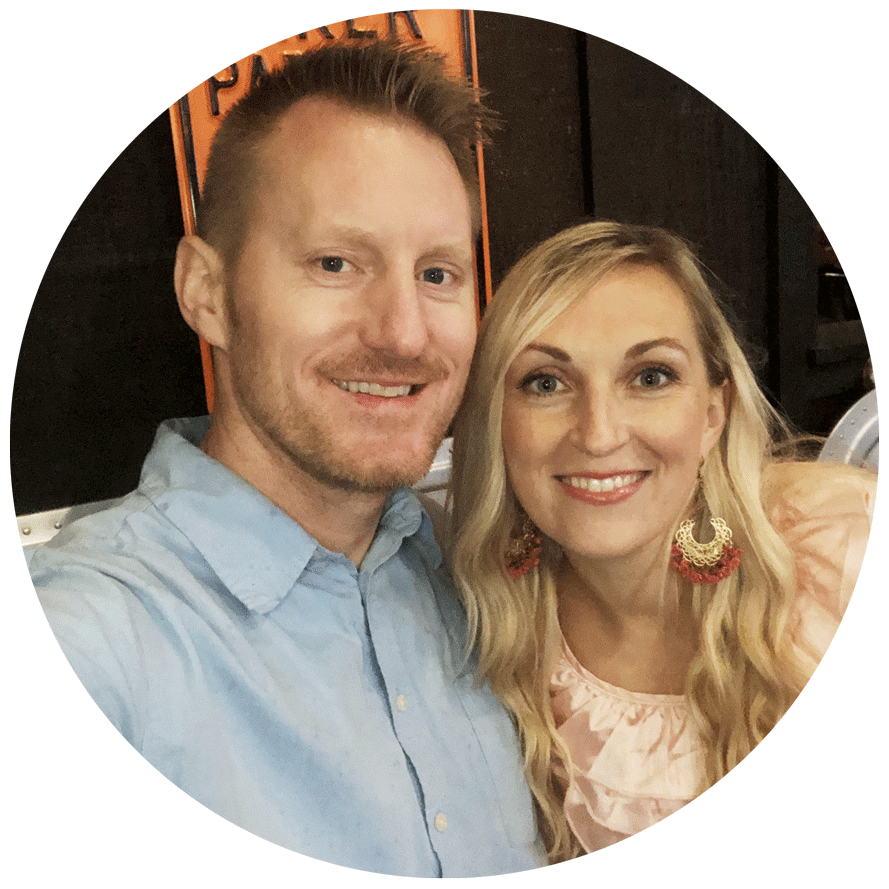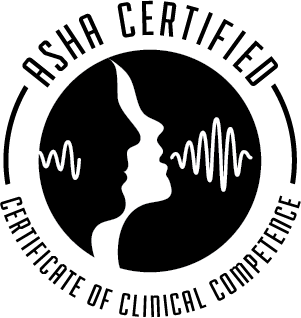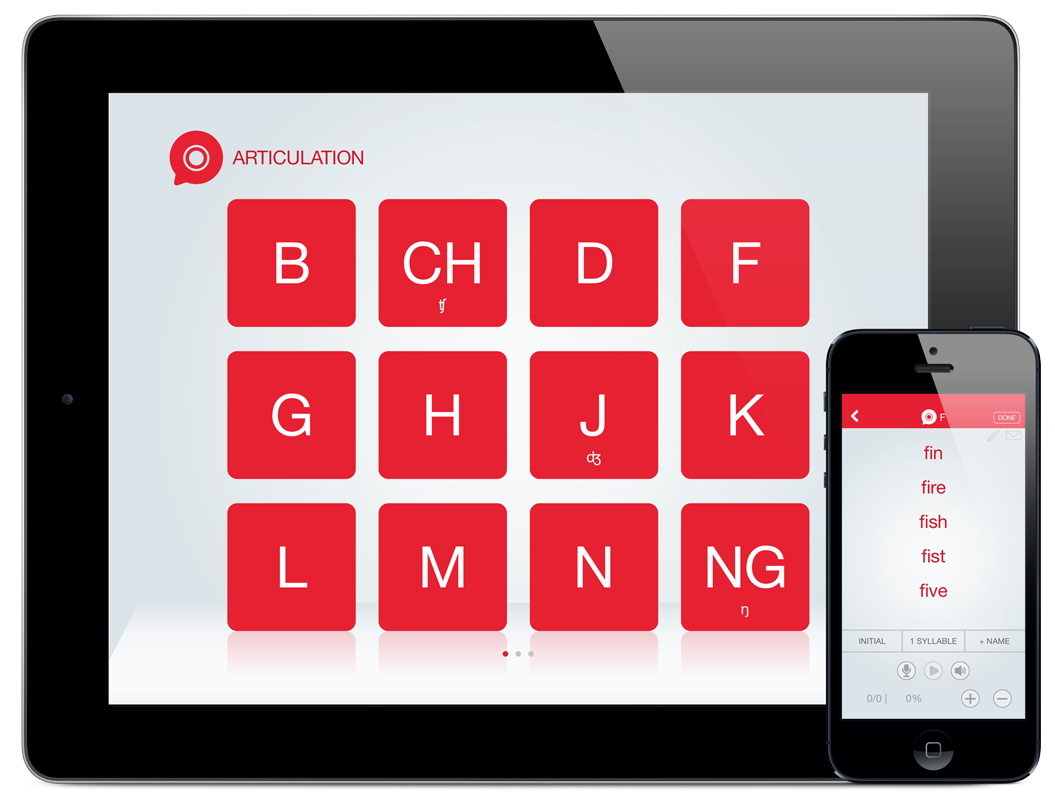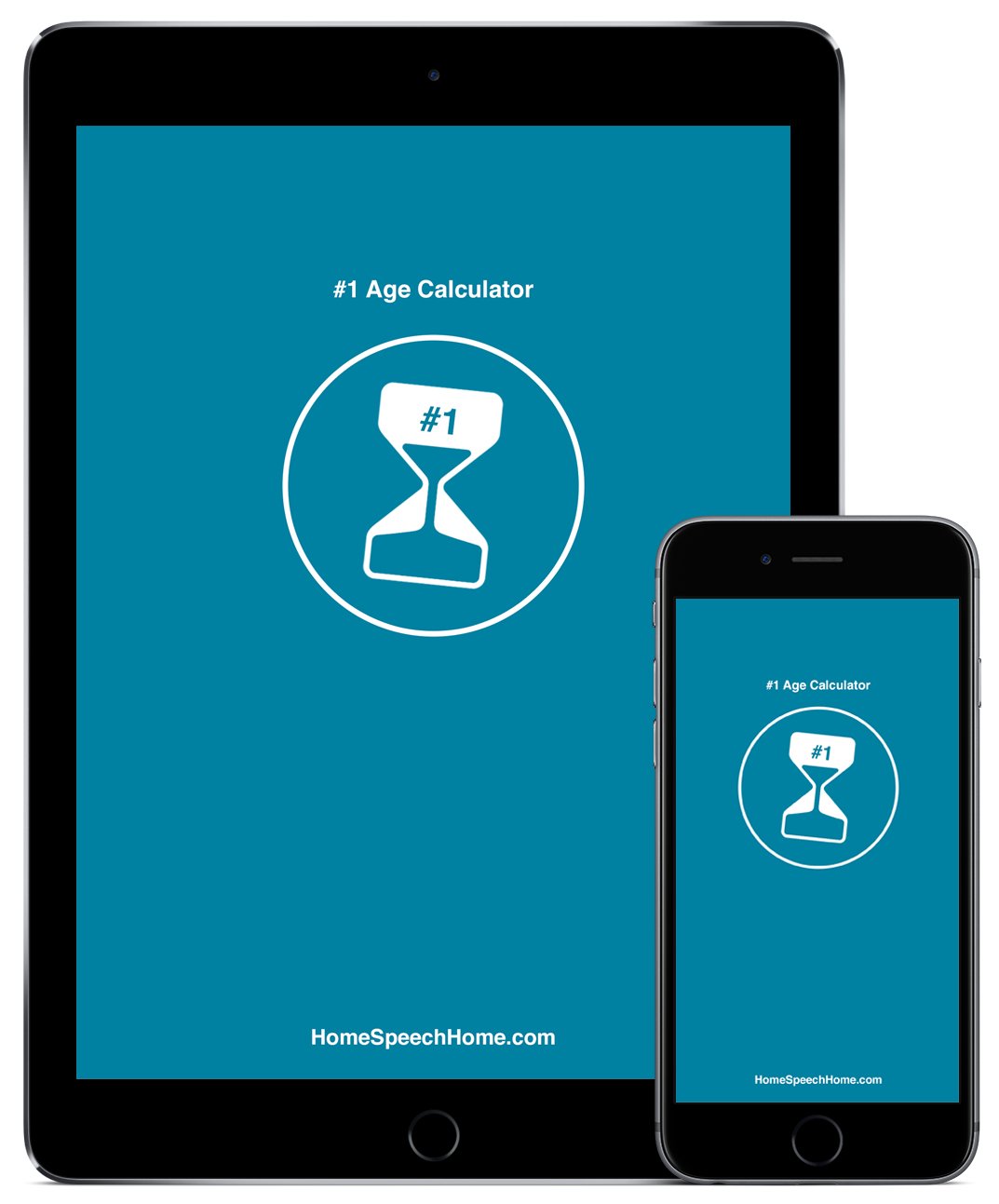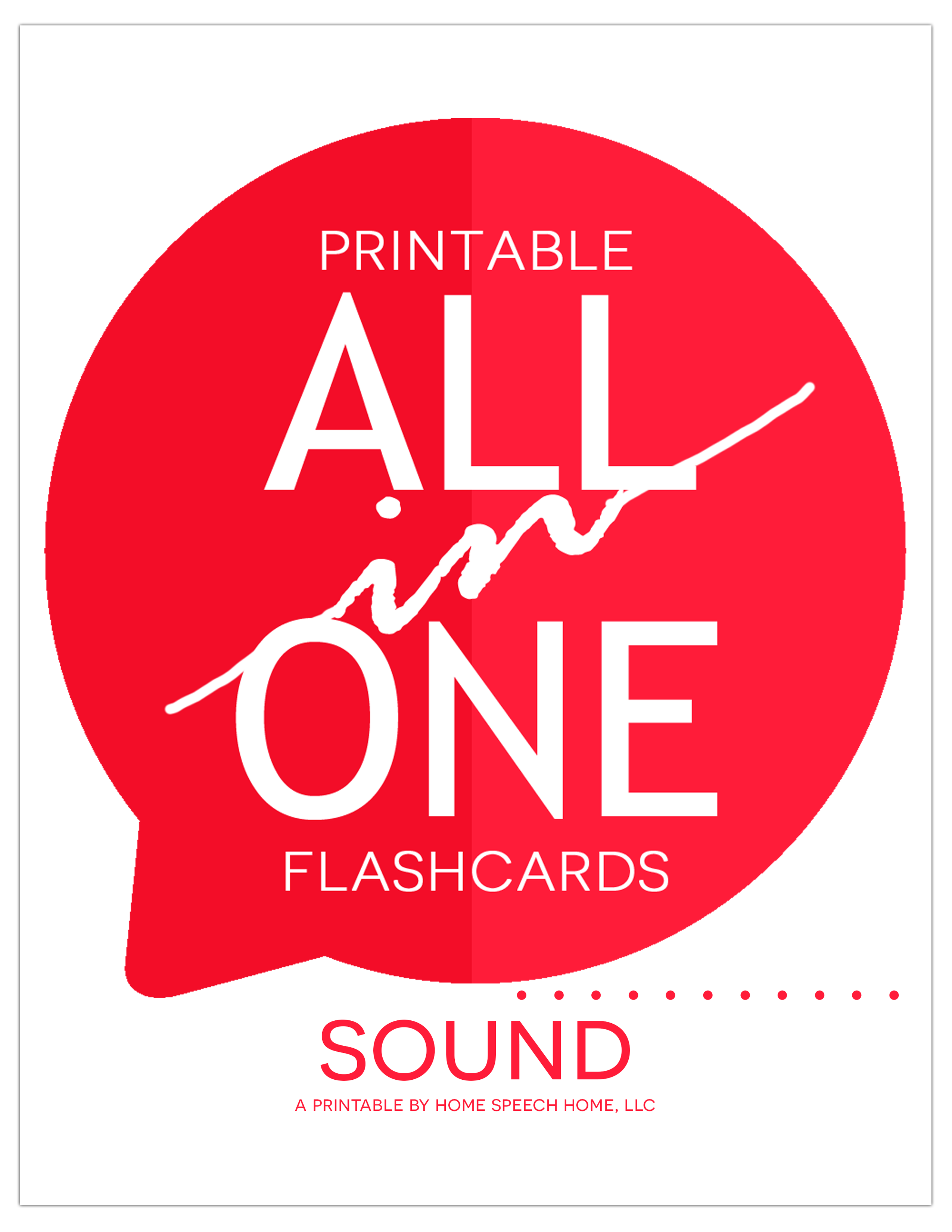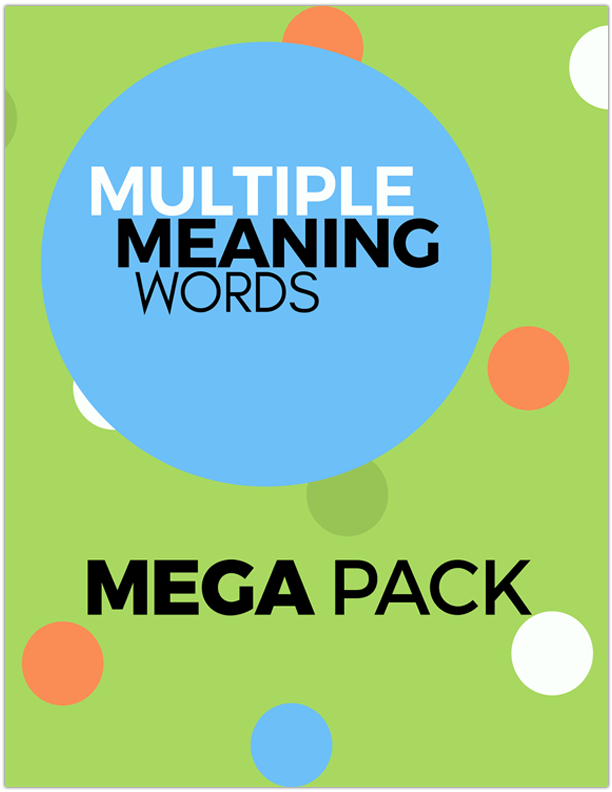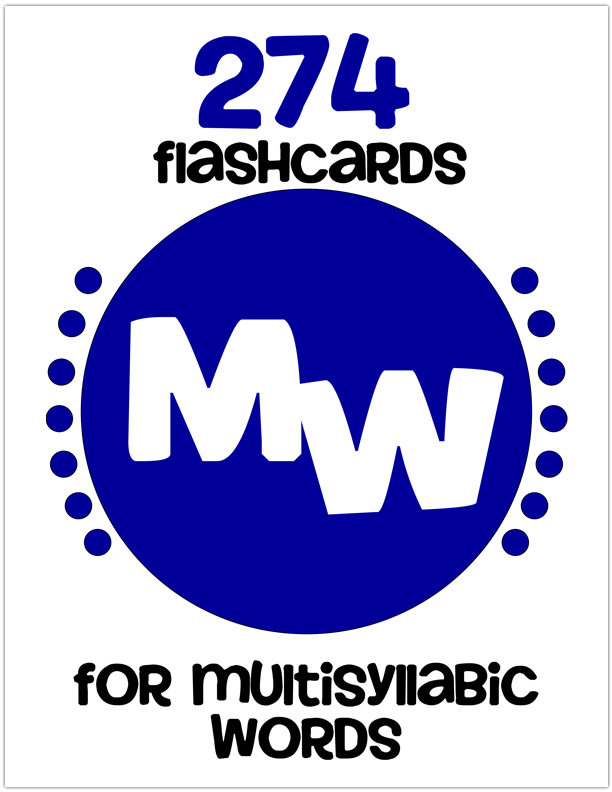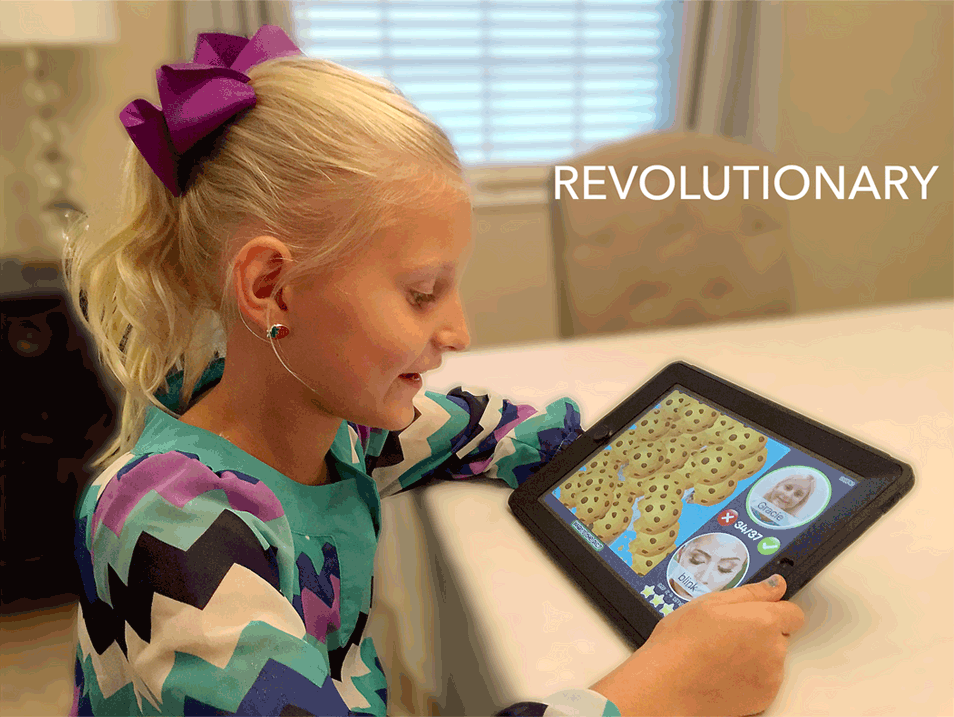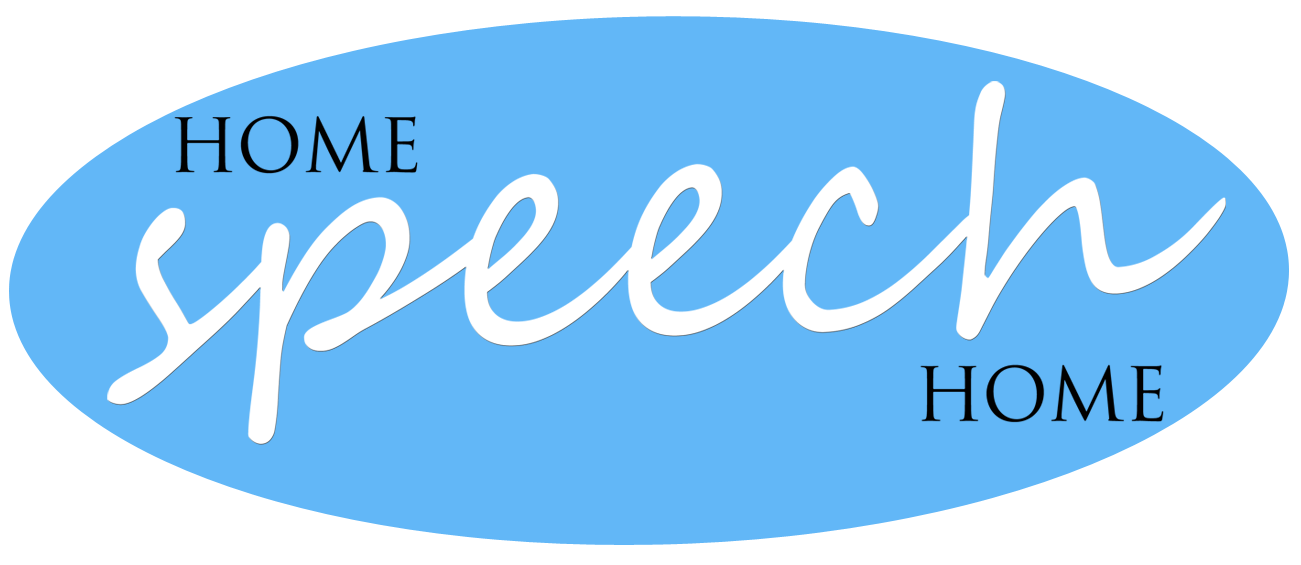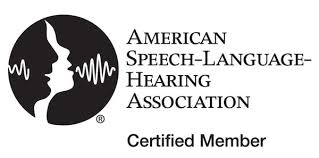Dysphagia Treatment:
What Can Be Done?
What Does an SLP Do To Help?
Dysphagia treatment consists of non-imaging procedures and imaging studies to identify swallowing disorders.
One type of non-imaging procedure is a bedside swallow evaluation which an SLP would do in a person's hospital room.
During this procedure an SLP gives the patient a few different things to eat and drink.
Each type of food or liquid has a different thickness. This helps the SLP determine if a person has an easy or hard time swallowing it.
A thin liquid (like water) is harder to swallow because it moves very fast in the mouth and splashes down the throat.
A thicker liquid (honey or puree applesauce) moves slower and allows more time for parts in the throat to react and cover the airway.
To determine the appropriate dysphagia treatment...
...an SLP observes the person while eating to see:
- if they have food in their mouth after they swallow
This could mean they have weak muscles and less sensation in their mouth. The leftover food could also eventually go down their throat and into their airway or they could choke on it. - if their voice quality changes they have after each swallow
This could mean food or liquid is going into the airway. - if they cough before, during, or after the swallow
This could mean food or liquid is going into the airway.
SEE ALSO: Crush Therapy Goals with the All in One Printable Flashcards
If an SLP suspects dysphagia, they will confirm it by doing an image study.
A modified barium swallow study (MBS) is one type of imaging study SLPs use to diagnose dysphagia. See what an MBS looks like.
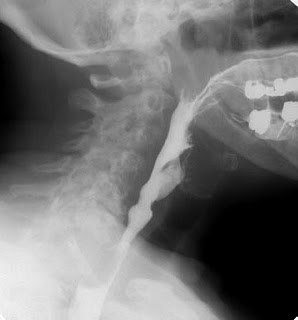
View Larger Image Get Adobe Reader
This is done through moving X-rays. The patient sits in a chair and has an X-ray machine placed near their throat.
The Radiologist (X-ray doctor) or technician does the X-rays, while the SLP feeds the patient different amounts of various food and liquid that are mixed with a substance called liquid barium.
Barium has barium sulphate in it that X-rays cannot pass through. As a result the food or liquid shows up in a moving X-ray.
This allows the Radiologist and the SLP to see if food or liquid is going into the patient's airway.
From start to finish, a swallow takes approximately 1 - 2.5 seconds. For this reason, swallow studies can be recorded to make sure the SLP and Radiologist see everything that happens.
SEE ALSO: The Best Free App for Speech Therapy
Once a swallow study is completed the SLP will determine how mild or severe the problem is, and determine the necessary type of dysphagia treatment.
Then the SLP can:
- restrict or recommend a certain diet, noting foods to avoid
- give the patient swallowing strategies or exercises to do at home
- schedule the patient for swallowing therapy
- schedule additional evaluations to measure progress
During therapy an SLP would help a person with dysphagia by:
- practicing with safe swallow strategies
- teaching exercises to strengthen tongue and swallowing muscles
- using thermal tactile stimulation (hot/cold therapy to increase sensation in the mouth)
- using vital stimulation when appropriate and available (electrical stimulation for the throat muscles)
You might also like:
Special Deals and Activities, Oh My!
Sign up for Terrific Therapy Emails
Your information is 100% private & never shared.






